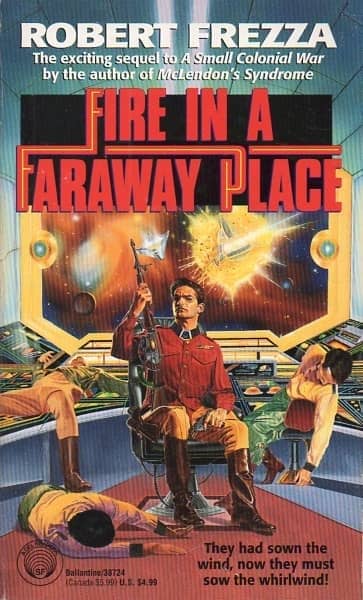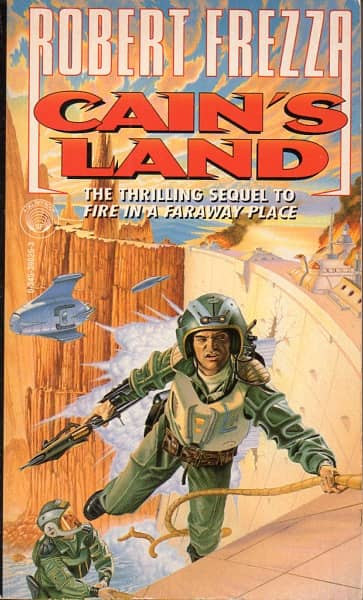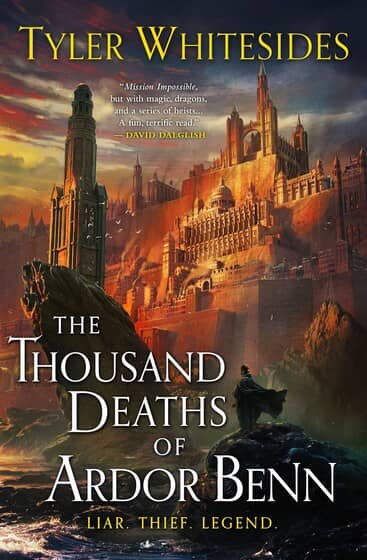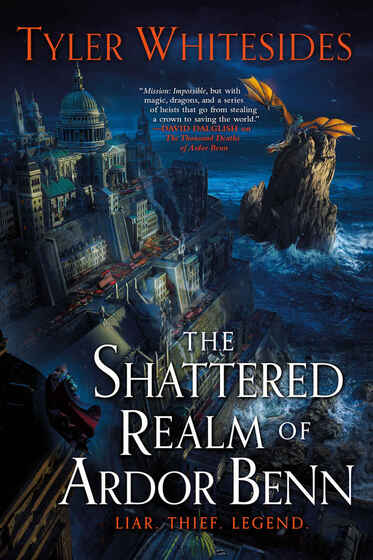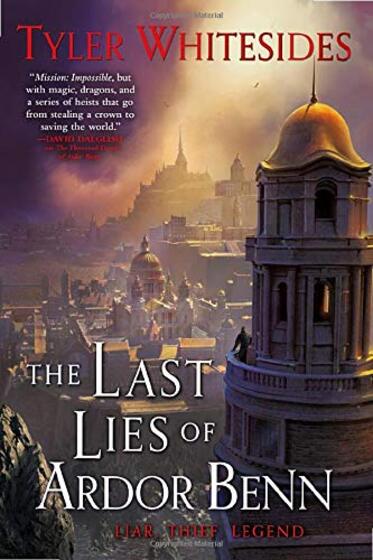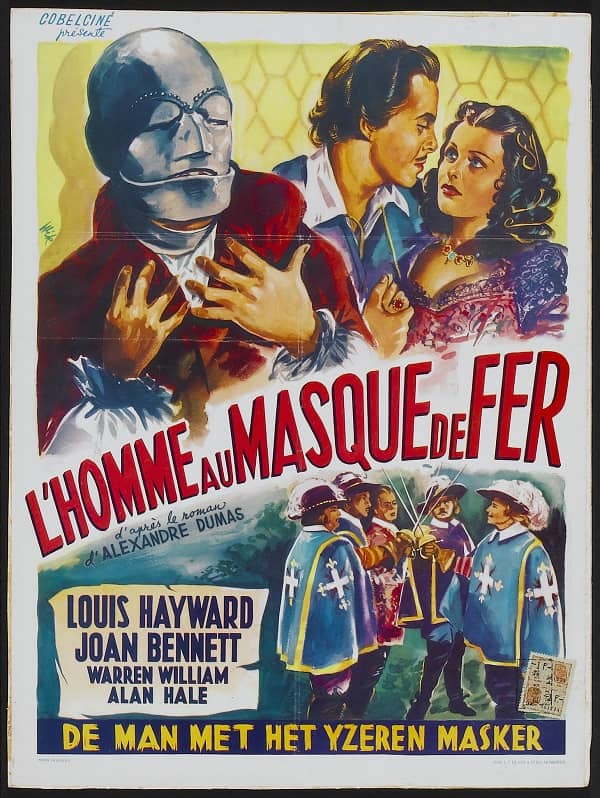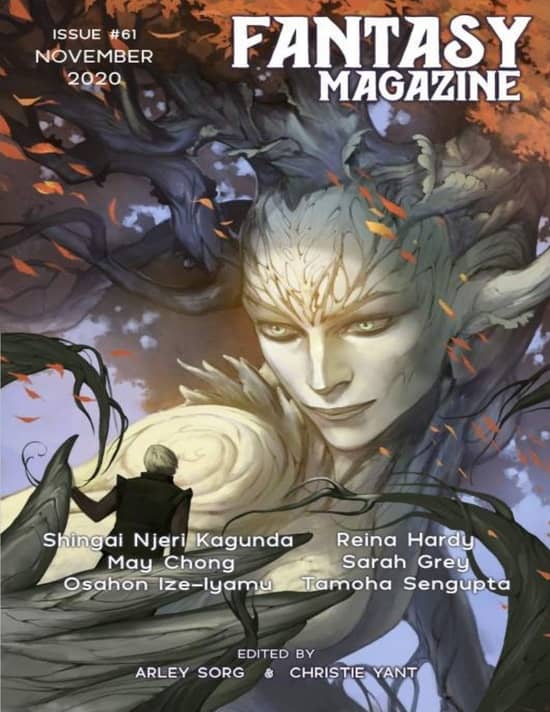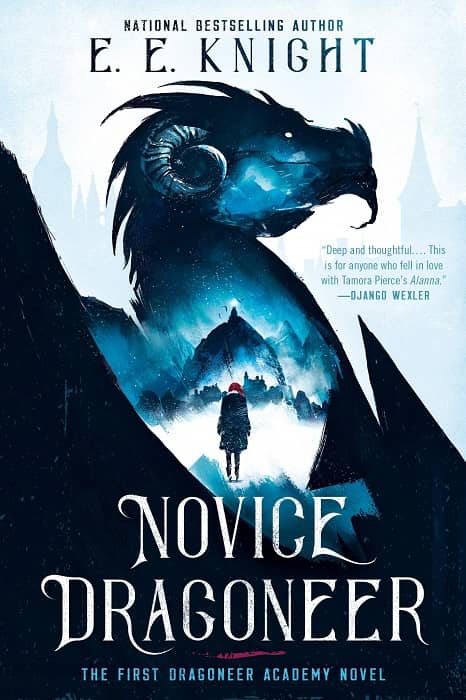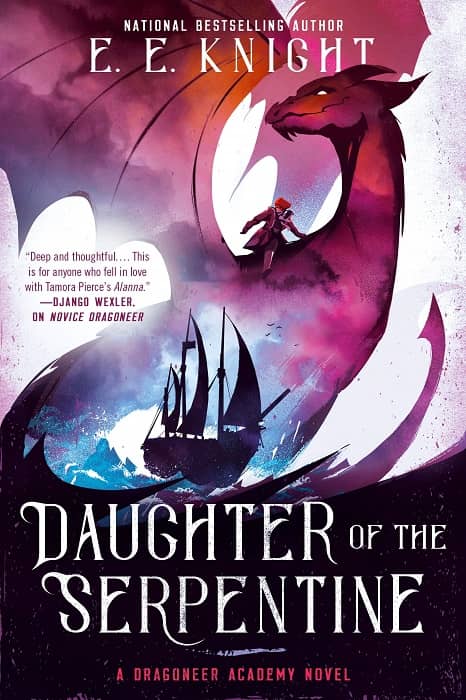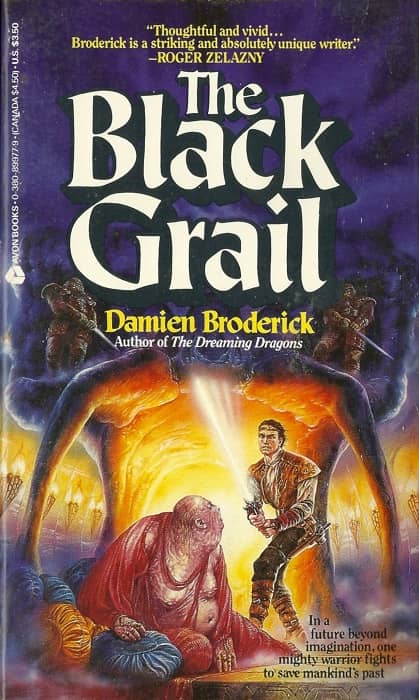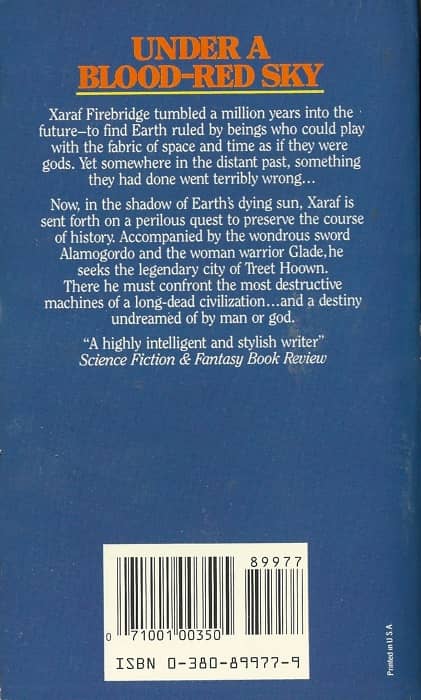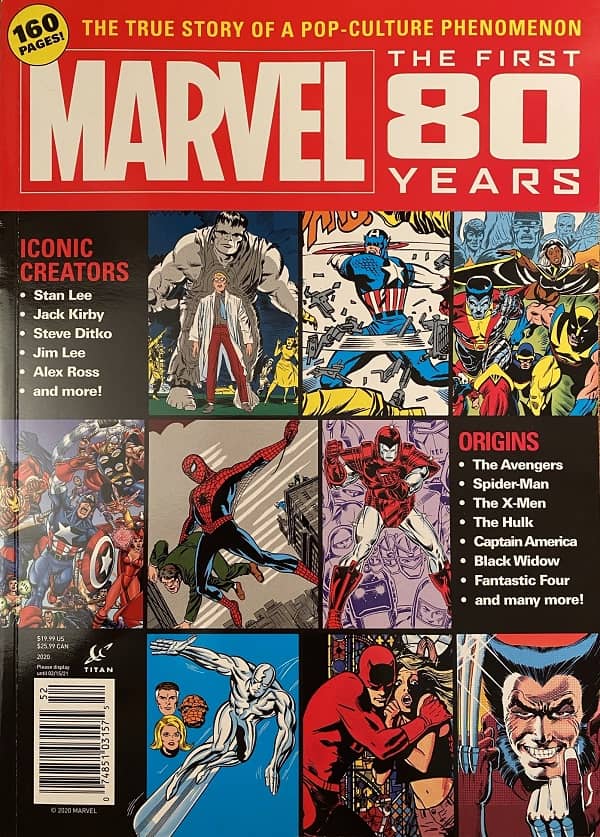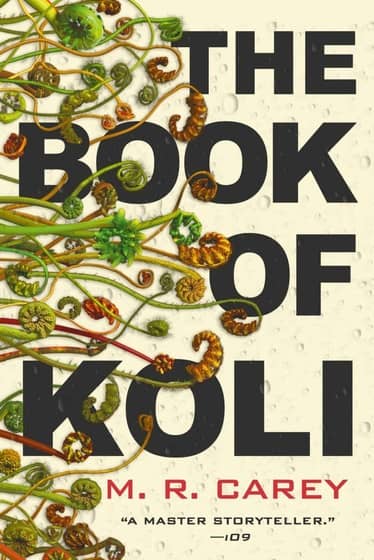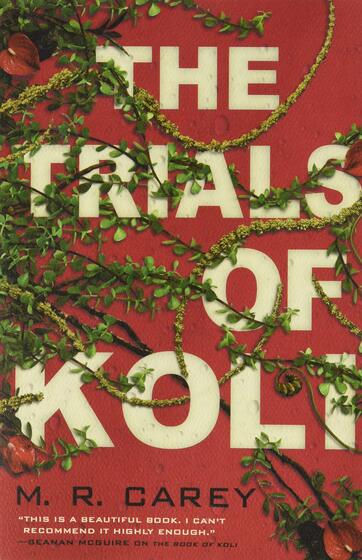Future Treasures: Memoria by Kristyn Merbeth
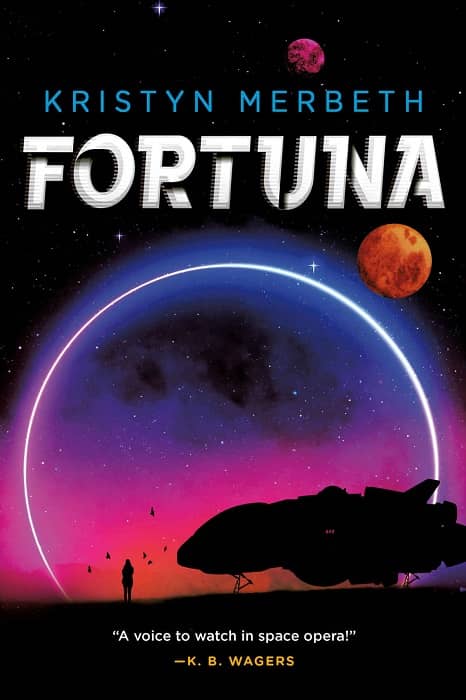 |
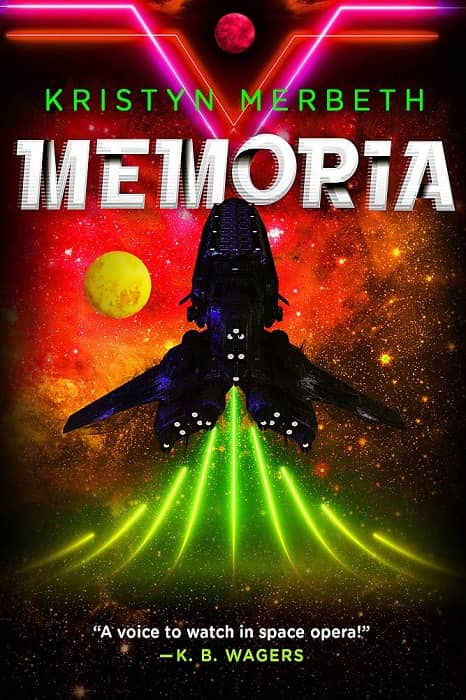 |
The Nova Vita Protocol: Fortuna and Memoria by Kristyn Merbeth.
Orbit Books, November 2019 and December 2020. Cover design by Lisa Marie Pompilio
Kristyn Merbeth’s first series, The Wastelanders (published under the name K.S. Merbeth), was described as a “no-holds-barred ride through a Mad Max-style wasteland.” Her most recent is a full-throttled space opera, and a successful one at that. It opened with Fortuna last year, which Kirkus Reviews called “a wild ride.”
Merbeth’s (Raid, 2017, etc.) latest — the first installment of an SF adventure trilogy — follows a family of smugglers as they unknowingly become entangled in a grand-scale conspiracy that could ignite an interstellar war and kill millions.
It’s been three years since Scorpia Kaiser’s older brother, Corvus, left the family business to enlist and fight in a bloody conflict on his war-torn home planet of Titan. But, with Corvus’ service officially ended, Scorpia — at the behest of her mother, the Kaiser matriarch — is piloting the family ship, Fortuna, to Titan to reunite her brother with the family. Picking up Corvus wasn’t the only mission, however. Her mother is completing a deal with government officials involving highly illegal alien biological weapons that could potentially end the war. As Corvus, Scorpia, and their siblings wait for their mother to return to the ship, they discover that a cataclysm is sweeping the planet, wiping out entire human populations. Forced to leave their mother behind, the siblings barely escape with their lives…. The nonstop action and varying levels of tension make this an unarguable page-turner, and the ending, while satisfying, is a perfect jumping-off point to another much larger adventure to come. A wild SF ride — alcohol and family dysfunction not included.
The second volume in The Nova Vita Protocol, Memoria, arrives in paperback from Orbit early next month. Here’s the description.

